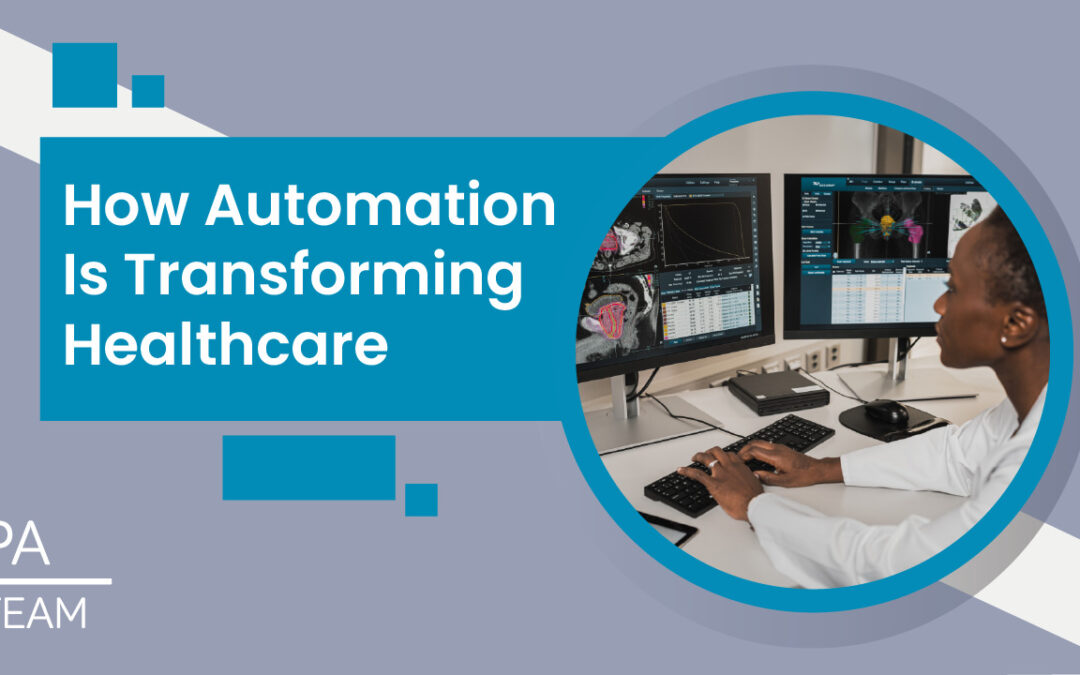
The Top 3 Automation Trends For Logistics
While the logistics industry is fairly timeless, people have been storing and transporting goods for millennia; it’s seeing a remarkable transformation at the hands of technology. The means of storage and transportation have steadily evolved, but what we’re seeing now is changing the way businesses operate at their core. Automation is a core component of that change – and the businesses that want to keep up need to pay attention.
Automation In Supply Chain Management
One of the prominent areas where automation is making an impact is supply chain management. Automated demand forecasting systems leverage algorithms and machine learning to analyze historical data, market trends, and customer behavior, enabling businesses to make accurate predictions and optimize inventory levels.
Automated inventory management systems track stock levels, monitor replenishment needs, and trigger alerts, making sure that inventory control is accurate – reducing the risk of stockouts or overstocking. These automated systems save time and effort and improve supply chain efficiency, leading to improved customer delivery.
Warehouse Automation
Another area witnessing a big transformation is warehouse operations. The thinking for anyone outside of logistics is, “It’s just a storage space; how can it really change?”. If you work in logistics, you know how complex they can be.
Automated material handling systems, including robotics, conveyor belts, and autonomous vehicles, aren’t all that new – at least not for big businesses. But because technology is becoming more accessible, smaller organizations can now improve, revolutionizing how goods are moved, stored, and picked up in warehouses.
These technologies minimize manual labor, increase picking accuracy, and accelerate order fulfillment. Warehouse automation ensures efficient space utilization, reduces errors, and improves productivity, enabling businesses to meet customer demands more quickly and accurately. This physical automation of activities is now being more deeply integrated with backend software to visualize efficiency. This helps transport planners and supply chain managers more effectively manage the movement of goods.
Last-Mile Delivery Automation
The last-mile delivery is often considered the most critical and challenging aspect of logistics. Thankfully, tech is taking the industry not just a step closer but a good leap toward integrating it more easily into operations everywhere.
Automation technologies, such as route optimization algorithms and real-time tracking systems, are improving the efficiency and reliability of last-mile delivery. Route optimization algorithms analyze factors such as traffic conditions, delivery priorities, and vehicle capacities to determine the most efficient delivery routes.
Real-time tracking systems provide visibility into the delivery process, allowing businesses and customers to track shipments in real time and receive timely updates. This takes a big weight off customer service agents because they can find the information they need by themselves, allowing CS agents to focus on more important tasks.
What Does The Future Of Logistics Automation Look Like?
Looking ahead, the future of logistics automation holds even more exciting possibilities. Smart warehouses, equipped with Internet of Things (IoT) sensors, artificial intelligence, and advanced analytics, will transform the way warehouses operate. These intelligent warehouses will be able to optimize storage space, automate inventory management, and enable predictive maintenance on equipment throughout the site.
Technologies like autonomous drones and self-driving vehicles are expected to revolutionize delivery processes, but their biggest barrier to entry will be legislation designed to protect the public – and rightly so.
Automation reshapes the logistics industry, drives efficiency, and transforms traditional operations. From supply chain management to warehouse operations and last-mile delivery, automation is revolutionizing key areas of logistics. By leveraging automated systems and technologies, businesses can become more competitive and meet and even exceed customer expectations. As the logistics industry continues to evolve, embracing automation and staying ahead of the latest trends will be crucial for success.
To learn more about how automation can revolutionize your logistics operations, get in touch with PAteam today – we’re the experts you need.









